|
One of my favorite lessons I taught last year was a unit on the art of Greek "personas," or masks. I came up with this lesson after one of my hippest 8th grade art enthusiasts told me how much he loved the show "Face Off," a show from the SyFy network that focuses on the art form of special effects make-up. I hadn't ever seen the show, but a few days after he asked me, I happened to see this episode while running on the treadmill at the gym! When I realized the episode was all about transforming the model into a Greek god or goddess, a light bulb went on over my head, and I wondered, "What would it look like if 8th graders were given the same challenge?" 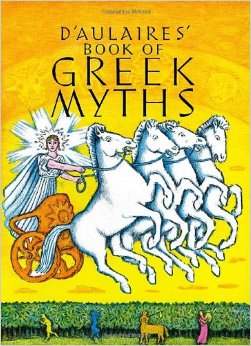 My 8th graders absolutely rocked this project and I owe it all to the fabulous work of the English teacher they had in 7th grade, Ms. L. She instilled this group with a deep love and appreciation for Greek myths. When they came to me, their knowledge was extensive. That's right, folks, 8th graders were downright passionate about retelling these stories in class! They were sticklers about pronouncing names and places correctly and seemed to know each and every myth down to the tiniest detail. Upon interviewing Ms. L a bit, she told me that she loved reading Greek myths as a girl and thus, it has become one of her favorite topics to teach about. She recommended this book to me, "D'Aulaires' Book of Greek Myths," which is filled from cover to cover with beautiful, kid-friendly illustrations. She let me borrow her class set and this is what we used to guide most of our research. I highly recommend this book as it is completely school-appropriate and the illustrations are rich, colorful, and inspiring. A lot of the pictures contained symbols that the students ended up incorporating into their mask designs. Here's how we made our masks!
STEP 2: Research & Brainstorm Next, I asked students to jump into the brainstorming process, using an array of Greek myth books from the library and iPads. I provided students with the directives below and this blank worksheet. STEP 3: Building the Mask The students used one of those basic plastic face forms you can get from any art supply catalog. We covered the mask form with Press n' Seal Syran Wrap (I love this stuff!) and then pressed Crayola Model Magic over the form to make an oval-like face shape. This project wouldn't have been possible without a very generous supply donation from our local F.O.P (Fraternal Order of Police). Each student end up using 3-5 of the individual 8 oz. packages. That can get pretty pricey, I know, but the material was so easy to work with and clean-up was a cinch. The MM bonds together quite easily. We found that a few dots of school glue was needed to bond pieces if they needed to continue building onto the dried MM from a previous work session. STEP 4: Painting the Mask The next step was painting the masks! We used a monochromatic approach to paint our work so that our audience could fully appreciate the hard work we put into our sculptural details. STEP 5: Making A Name Tag
I wanted to use the allure of these masks to get younger students at my school excited about Greek mythology, so the final step I asked of my 8th graders, was to make a flip-up name tag. The name tag displayed the God/Goddess name on the front and you could flip it up to reveal pertinent fun facts about each mythological character. This reinforced and recalled my students' previous research and served as an interactive component to our art display.
0 Comments
Leave a Reply. |
AuthorSunny is an art teacher who is living the dream. The only thing she enjoys more than her curious students are the adventures she has with her loving husband and cat in the fabulous city of Philadelphia! Archives
April 2016
Categories |
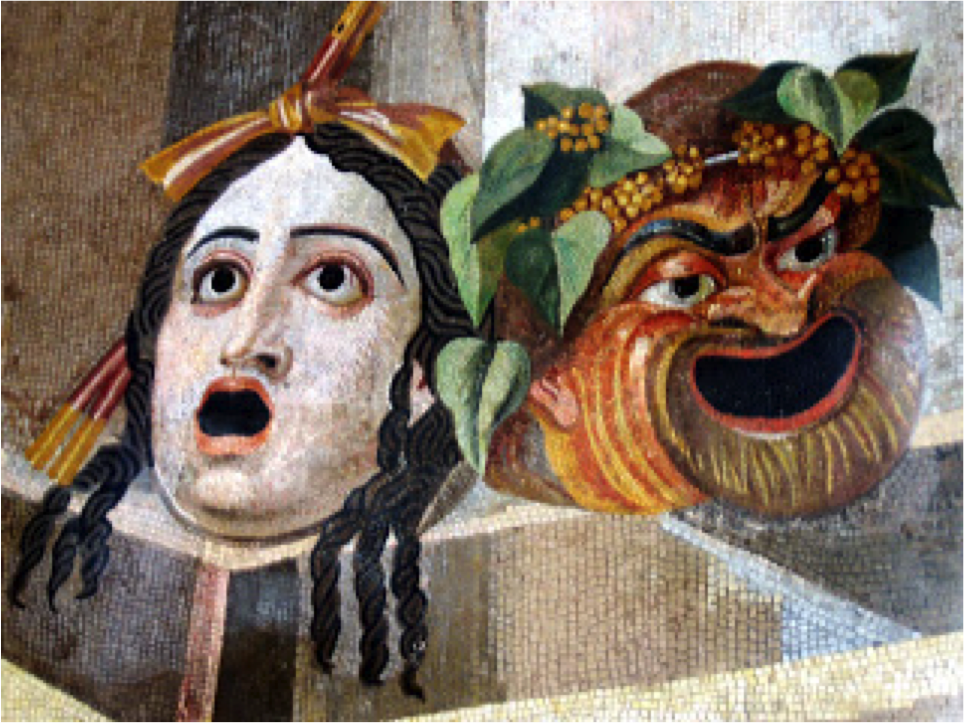

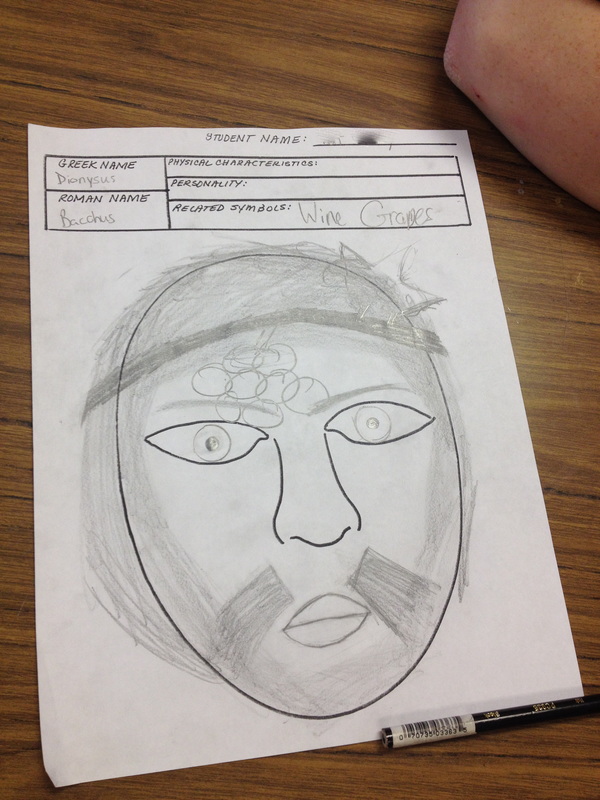
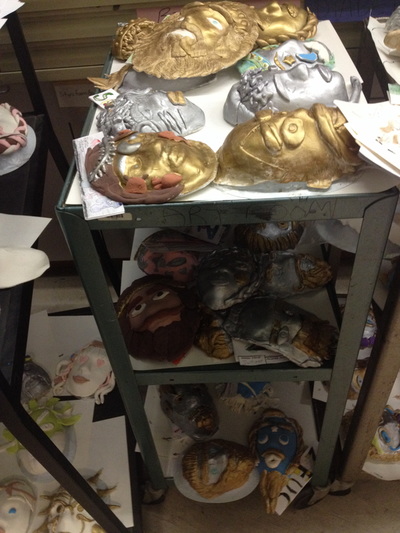
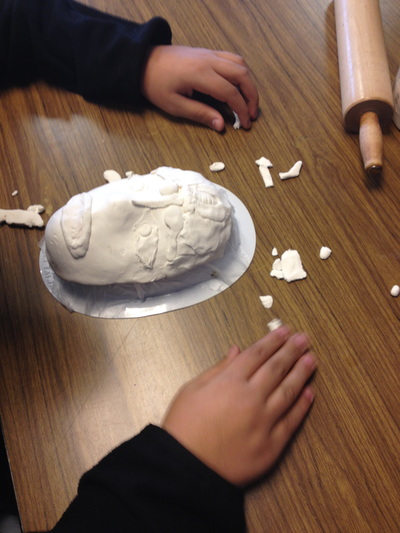
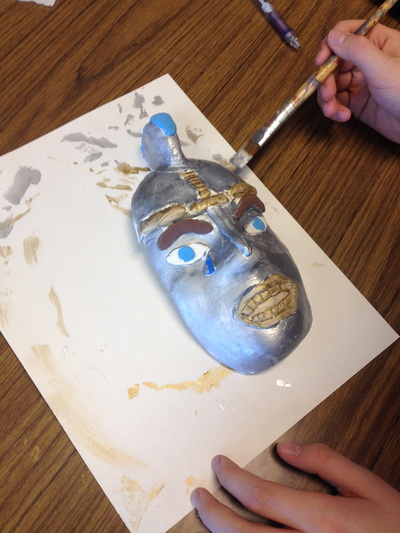
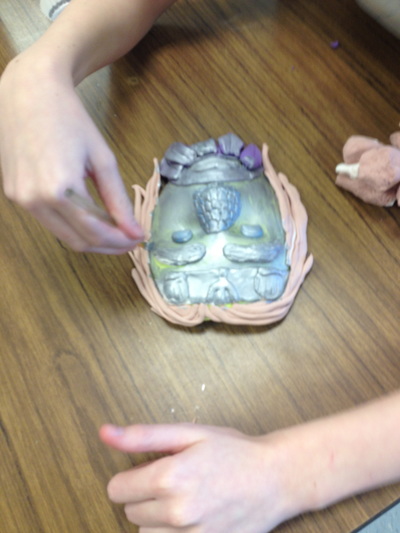
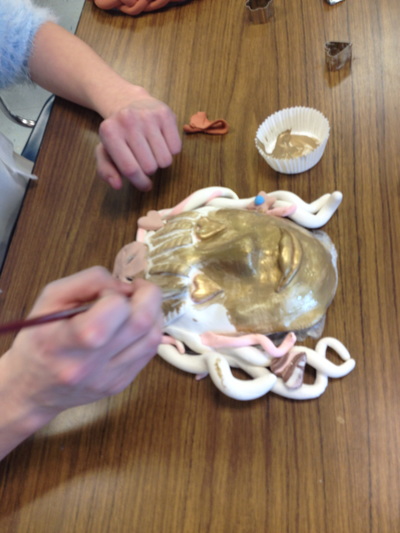
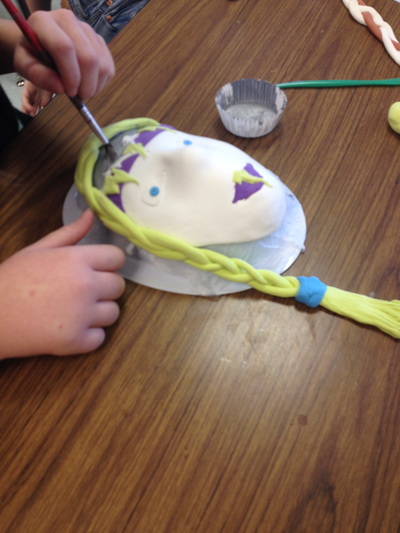
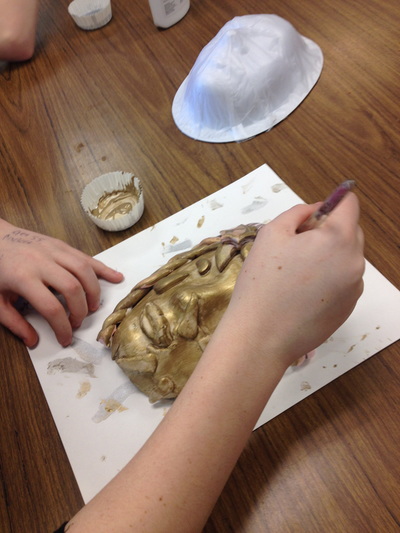
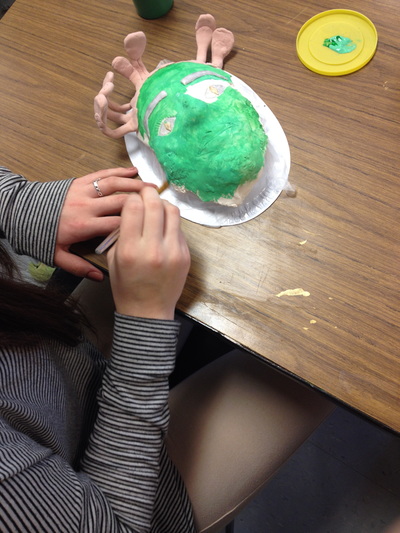
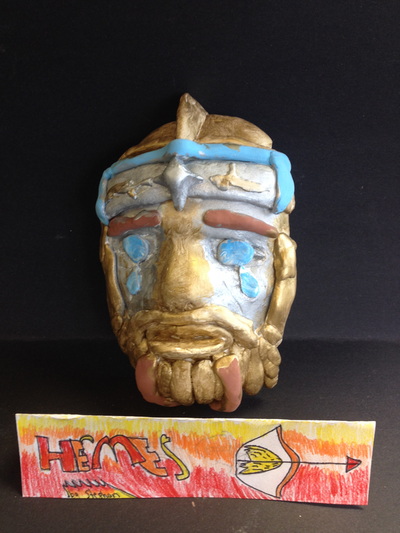
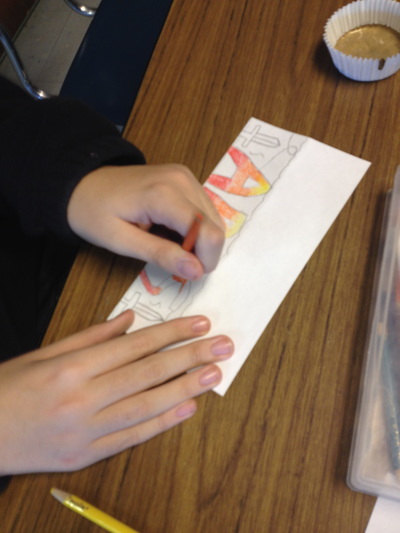
 RSS Feed
RSS Feed
